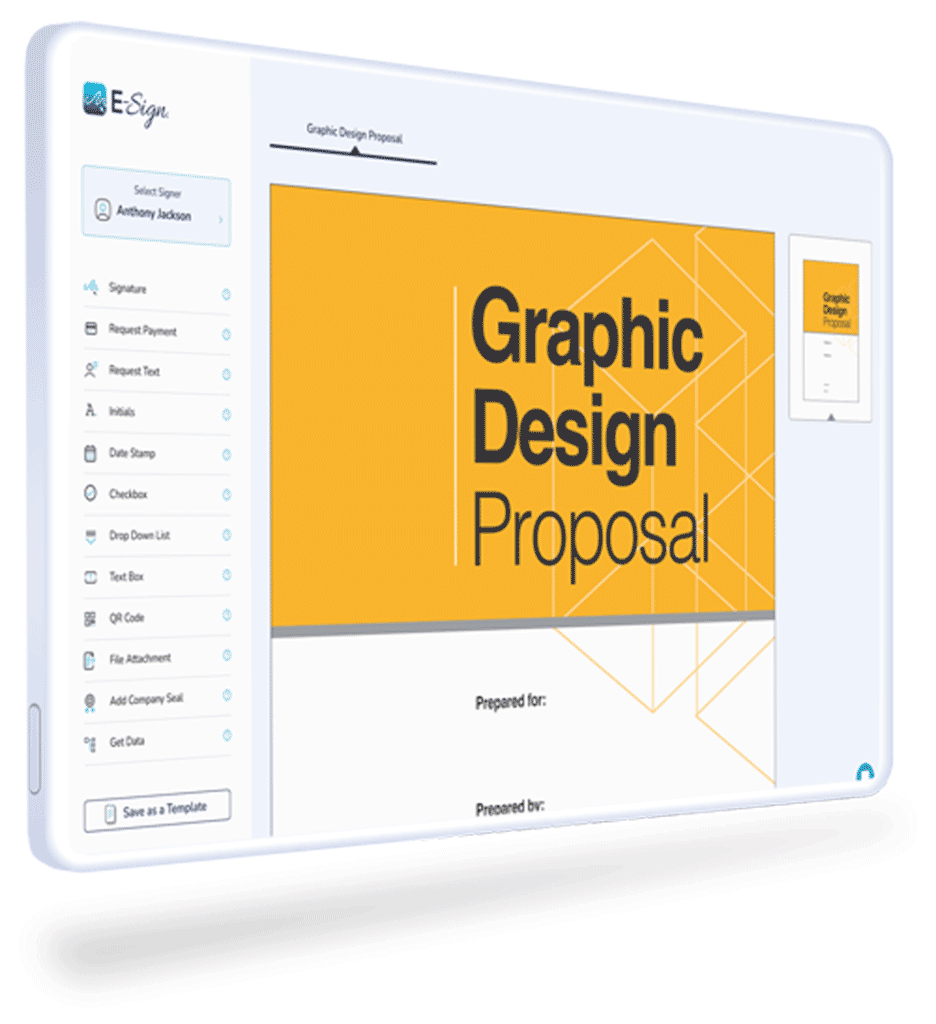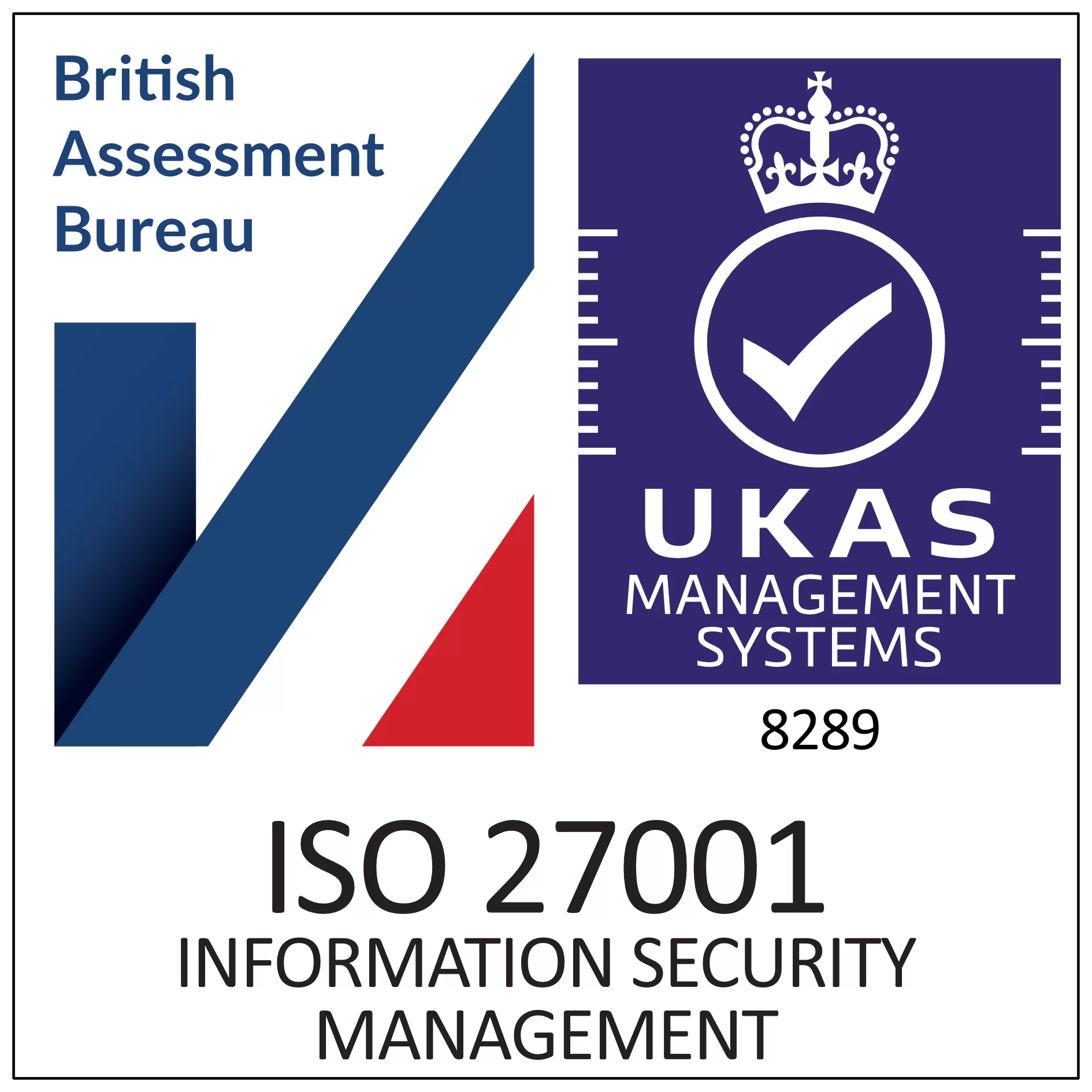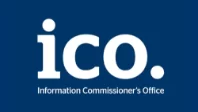Home | News & Insights |
How to Write a Graphic Design Proposal
Laura Cain
Marketing & Brand Manager
PUBLISHED
17th August, 2023
Graphic design proposals are important for several reasons, they outline the scope of the project, detailing what is included and what is not. This helps both the designer and the client have a clear understanding of the project’s objectives, deliverables and limitations.
With competitiveness at an all time high, designers need to be able to communicate effectively to their clients. Whilst every proposal will be unique, there are a few essentials that every graphic design proposal should have.
It is crucial to have a well structured and comprehensive proposal that clearly outlines the scope of work, deliverables, payment terms and other essential details. In this blog, we will guide you through the process of writing a graphic design proposal, step by step.
Download our free Graphic Design Proposal today

1. Client and Designer Information
In the first section of your proposal, you should provide your name, the clients name, project name and the date in which the proposal was created.
In the context of formalising a dynamic and productive collaboration, a graphic design proposal commences by establishing a clear and structured foundation through key identification elements.
These essential details serve as the bedrock upon which the entire project rests, ensuring transparency, accountability, and a comprehensive understanding between the parties involved. For example:
Client Name: [Client.FirstName] [Client.LastName]
The cornerstone of any successful project lies in acknowledging and addressing the individuals or entities that form the nucleus of the endeavour. Here, the client’s identity takes centre stage, with both the first and last names providing a personalised touch. This inclusion not only signifies a professional approach but also underscores the significance of the client’s involvement and vision within the project.
Freelance Graphic Designer: [Designer.FirstName] [Designer.LastName]
Equally pivotal to the project’s initiation and progress is the introduction of the freelance graphic designer responsible for transforming ideas into visually captivating realities. By spotlighting both the designer’s first and last names, a sense of professionalism, approachability, and familiarity is evoked. This introduction not only extends a welcoming hand to the client but also establishes a direct and personable connection, fostering an environment conducive to open communication and collaboration.
Project Name: [Project.Name]
A project is often defined by its unique identity and purpose. The project name serves as a succinct encapsulation of its essence, encapsulating its objectives, scope, and potential impact. By providing a specific and distinctive character, the proposal lays the groundwork for a shared understanding and alignment between the client and the designer. This clarity is instrumental in guiding discussions, expectations, and creative endeavours throughout the project’s lifecycle.
Contract Date: [Document.CreatedDate]
Every journey has a starting point, and within the realm of this graphic design proposal, the contract date marks the commencement of a dedicated partnership. This data serves as a reference point, anchoring the proposal in a tangible timeframe and underscoring the commitment of both parties to embark on a creative expedition together.
These identification elements – encompassing the client’s name, the freelance graphic designer’s introduction, the project’s distinct identity, and the contract’s inception date – lay the groundwork for a collaborative endeavour rooted in transparency, professionalism, and a shared sense of purpose. This groundwork ensures that as the proposal unfolds, each section is informed by an understanding of the entities involved and the context within which their creative aspirations will flourish.
2. Project Overview
The project overview section is crucial as it outlines the specific services and tasks that will be provided by the Designer. Clearly define the services or deliverables that will be provided, including any limitations or exclusions. Be specific and detailed in describing the services to avoid any ambiguity or misunderstandings. For example:
Under this freelance graphic design contract, [Designer.FirstName] [Designer.LastName] commits to providing top-tier graphic design services, as detailed in the “Deliverables” section below. The designer will serve as the exclusive provider of these services throughout the project’s duration, ensuring that all work produced is original and free from any infringement on intellectual property rights.
3. Deliverables
At the heart of this freelance graphic design contract lie the deliverables – the tangible results of your creative prowess. The following components constitute the scope of this project:
- **Item A:** Description – Price: £175, Quantity: 1, Subtotal: £75.00
- **Item B:** Description – Price: £75, Quantity: 8, Subtotal: £600.00
- **Item C:** Description – Price: £75, Quantity: 12, Subtotal: £900.00
- **Item D:** Description – Price: £75, Quantity: 5, Subtotal: £375.00
**Subtotal:** £2025.00
**Tax:** £405.00
**TOTAL:** £2430.00
4. Payment Terms
In this section, highlight how the Client shall pay the Designer the total amount for the services provided under the agreement. The payment schedule should also be included. For example:
Upon receipt of the payment, the project will be initiated, and the designated work will be promptly delivered to the client. The designer will invoice all fees upon submission of the deliverables, with payment expected according to the specified [Payment.Terms]. An initial deposit of £[Deposit.Total] is required before any work commences. In instances where the project’s scope evolves, additional costs may arise. The designer is committed to promptly informing the client of such changes and seeking approval before proceeding.
5. Confidentiality
It is important to acknowledge the confidentiality clause, maintaining the Designer agrees to maintain the confidentiality of all propiertary and confidential information disclosed by the Client. For example:
Recognising the inevitability of accessing sensitive client information, the designer pledges to uphold strict confidentiality. This encompasses safeguarding personal client data, marketing strategies, project specifics, and financial records. While the designer is granted permission to showcase the final work on their website and promotional materials, this display must not compromise confidential information or breach the terms outlined in the contract.
6. Client Approval and Revisions
Highlighting the process for approvals and revisions is vital as it ensures that the Client can approve and asked for revisions to ensure that the project is completed to the required standard. For example:
The client retains the authority to review and approve all materials before finalising and submitting the project. Furthermore, the client has the liberty to request revisions if deemed necessary. This process guarantees that the end product aligns seamlessly with the client’s vision and expectations.
7. Termination
Always include that either party may terminate this agreement at any time upon written notice to the other party. In the event of termination, the Designer shall immediately cease providing services and delivering any futher deliverables under the Agreement. For example:
The termination of this freelance graphic design contract is a viable course of action, subject to the submission of written notice from either party, regardless of the rationale prompting such a decision. In the occurrence of a termination event, it is imperative to acknowledge that the client assumes responsibility for all expenses that have been accrued up to the point of termination’s effectuation.
8. Agreement
You will also need an overview of the agreement in question, as the ‘Entire Agreement’ clause constititues the entire agreement between the parties and supersides all prior understandings or agreements, whether written or verbal, relating to the services and deliverables provided under the Agreement. For example:
By signing their signatures below, both parties signify their comprehensive comprehension of and commitment to this freelance graphic design contract. This pivotal act signifies a mutual acknowledgement that the terms, conditions, and obligations outlined herein have been diligently reviewed, thoroughly deliberated upon, and duly accepted as the foundation upon which our collaborative engagement is constructed. In this manner, the signatures serve as a formal endorsement, representing a shared intent to proceed with complete adherence to the principles and guidelines enshrined within this contractual framework.
Conclusion
We hope that this guide has provided you with a foundational understanding of how to structure a compelling graphic design proposal. Adapting these key sections and customising them to suit your specific project will set the stage for building robust collaborations with your clients.
Remember, a well-crafted proposal not only showcases your artistic skills but also reflects professionalism and transparency in your working relationship. As you navigate the world of graphic design, leveraging a strong proposal will undoubtedly elevate your endeavours and lead to successful partnerships.
eSignatures can significantly expedite the approval process for a graphic design proposal, ensuring swift client signatures and minimising delays in project commencement.
If you’re looking to create a business proposal, see our recent blog ‘How to Write a Business Contract Proposal’ to read our useful guide.
 Facebook
Facebook
 X (Twitter)
X (Twitter)
 LinkedIn
LinkedIn











